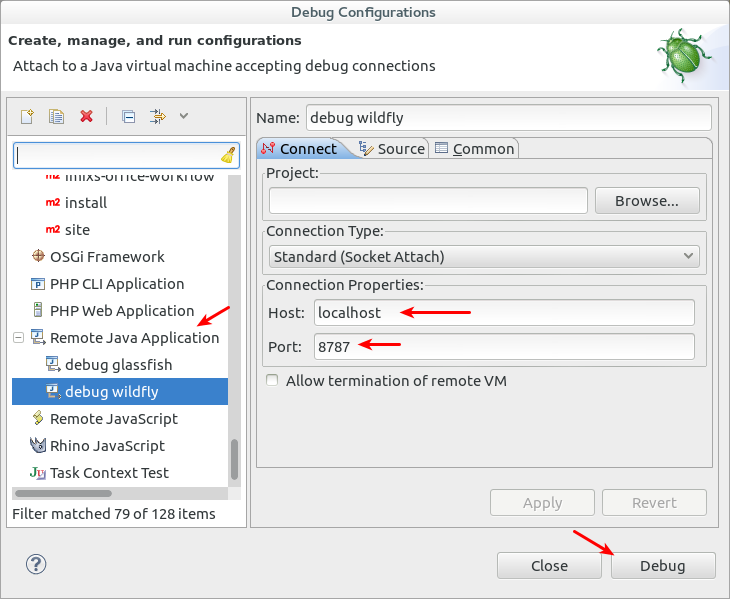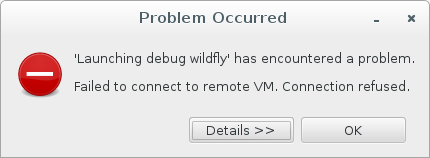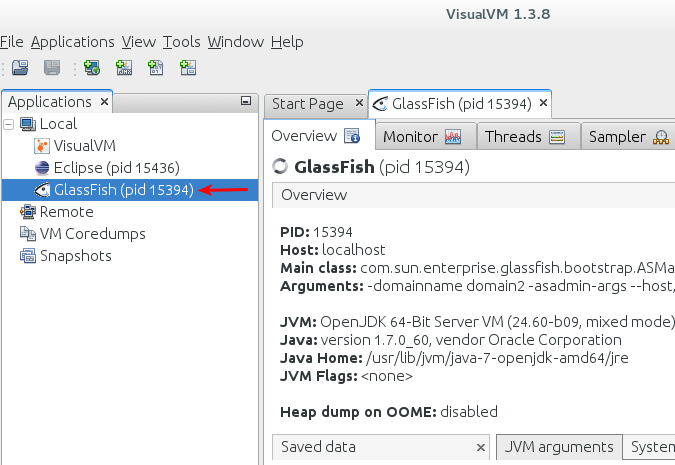The command line tool ‘curl’ is useful in cases when you just want to check some REST APIs from a console. You can find a lot of information about how to use curl on curl.haxx.se.
If you want to test the Imixs Rest API you need in most cases a basic authentification against the Workflow Server. This is an example how to send username/password along with a GET request:
curl --user admin:mypassword http://localhost:8080/imixs-microservice/workflow/worklist
This examples returns the worklist for the User ‘admin’ from a Imixs-Workflow Rest Service running on localhost port 8080.
If you don’t specify the media type Imixs-Workflow will return an HTML output. You can see this also in your Browser. But Imixs-Workflow also supports the media types JSON and XML. To request the same URL in JSON you can add a Header parameter like this:
curl --user admin:mypassword -H "Accept: application/json" http://localhost:8080/imixs-microservice/workflow/worklist
or if you want to get the same response in XML format:
curl --user admin:mypassword -H "Accept: application/xml" http://localhost:8080/imixs-microservice/workflow/worklist
If you know the UniqueID of a workitem, which is included in the worklist result you can also request a single Workitem from the Imixs-Workflow. See the following curl example to request a workitem in JSON format:
curl --user admin:adminadmin -H "Accept: application/json" http://localhost:8080/imixs-microservice/workflow/workitem/14b65352f58-259f4f9b
This example returns the content of the Workitem with the UniqueID ’14b65352f58-259f4f9b’. You can also restrict the result to a subset of properties when you add the query parameter ‘items’:
curl --user admin:adminadmin -H "Accept: application/json" http://localhost:8080/imixs-microservice/workflow/workitem/14b65352f58-259f4f9b?items=txtname;$processid
See the Imixs-Workflow RestAPI for more information.
If you want to test what is possible with Imixs-Workflow REST API and curl you can try the Imixs-Microservice. Imixs-Microservice provides a full featured Workflow System based on a REST API. Imixs-Microservice also supports Docker so you do not need to install a Application Server by your self.



